Aug 28, 2020
Why not everyone needs to squat the same
There are many different adaptations and differences in hip structure that will dictate the most successful position for someone to squat in.
One reason why hip (and shoulder) structures vary is due to something called femoral (humeral in the shoulder) retroversion.
Retroversion can happen when rotational load is placed on bones before growth plates close (like kicking in soccer or throwing in baseball) causing a NORMAL adaptation in the bone.
This adaptation is good for the athlete because it allows for more torque to be created and results in faster throwing/kicking speed.
What it LOOKS like is a greater proportion of range of motion into external rotation (ER) vs internal rotation (IR) at either the hip or shoulder joint.
The LAST THING we need to do for these people is “stretch” to gain back IR because at that point the limitation is boney structure and not soft tissue.
Bones don’t stretch.
Instead, we need to use optimal start positions based on individual anatomy.
Now- there are some instances where retroversion isn’t great and we will see the kneecap is rotates outward relative to the hip.
This can be due to congenital deformities or poor healing after a fracture. The medical “cure” for this is a femoral osteotomy where the femur is cut, “de-rotated” and a rod is inserted to hold the bone in place.
This is a route that we typically see with a younger athlete who has chronic pain points that don’t go away with therapy and strength training.
The people who get forced into dogmatic exercise positions are the ones who end up in my office with labral tears and rotator cuff tears/impingement.
This is why respecting anatomy, assessing when needed and individualizing programs is so important.
Complete rehabilitation and hands on attention to our patients are the cornerstone building blocks of Agape Physical Therapy. Our physical therapy professionals are completely invested in restoring, improving, and reclaiming your movement to maximize your wellness and performance.
All Rights Reserved | Agape Physical Therapy
All Rights Reserved | Agape Physical Therapy
Made with ♥ by Vessel Digital Marketing
